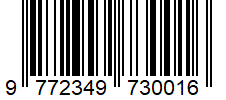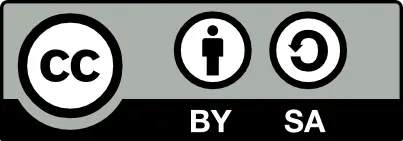The Impact of Age and Gender on Hematological Parameters in a Blood Donor Population: A Cross-Sectional Analysis
Authors: Saud M. Awaji, Loai A. Alqahtany, Jalal A. Hassan, Abdullah M. Alenazi, Abdulmohsen A. Alotaibi
DOI: https://doi.org/10.5281/zenodo.13846225
Short DOI: https://doi.org/g5vxmx
Country: Saudi Arabia
Full-text Research PDF File:
View |
Download
Abstract:
Background: Hematological parameters, such as hemoglobin, red cell distribution width (RDW), and white blood cell (WBC) counts, are influenced by age and gender. Understanding these differences is essential for optimizing blood donor eligibility and managing donor health.
Objective: This study aimed to assess the impact of age and gender on hemoglobin, RDW, and WBC counts in a healthy blood donor population.
Methods: A cross-sectional analysis was conducted with 500 blood donors, stratified by age (18–65 years) and gender. Hematological parameters were measured using an automated analyzer. Two-way ANOVA was used to assess the effects of age and gender on these parameters.
Results: Male donors had significantly higher hemoglobin levels across all age groups compared to females, but both genders experienced a decline in hemoglobin with age. RDW increased with age in both genders, with females showing slightly higher RDW values after age 45. WBC counts were consistently higher in females across all age groups.
Conclusion: Age and gender significantly influence hematological parameters in blood donors. These findings suggest the need for age- and gender-specific strategies to optimize blood donor eligibility and maintain donor health.
Keywords: Hemoglobin, Red cell distribution width, White blood cell count, Age, Gender, Blood donors
Paper Id: 231255
Published On: 2019-04-03
Published In: Volume 7, Issue 2, March-April 2019





 All research papers published in this journal/on this website are openly accessible and licensed under
All research papers published in this journal/on this website are openly accessible and licensed under 